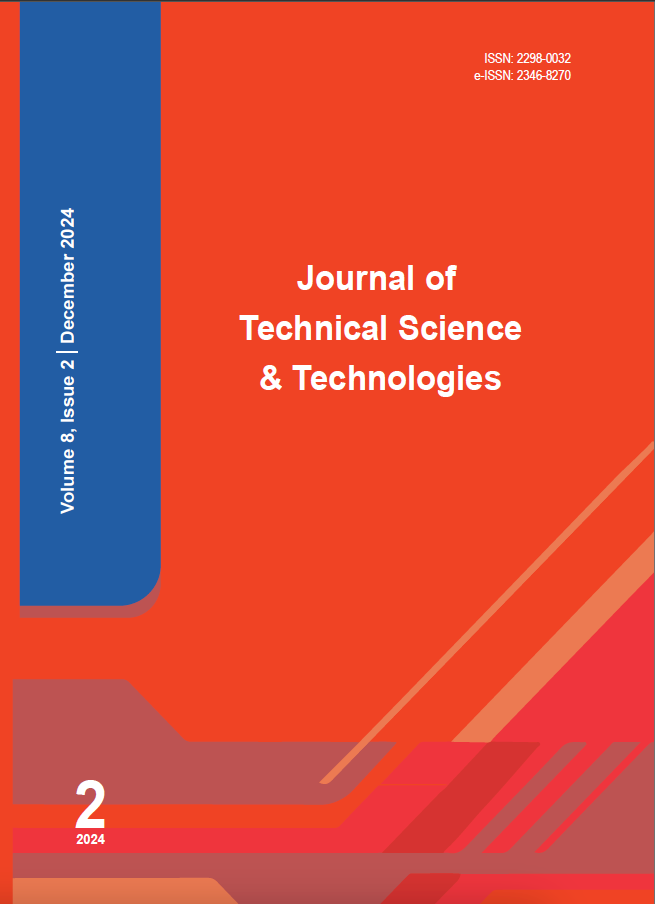Prospects of Using AI Technologies in Open Journal Systems (OJS)
DOI:
https://doi.org/10.31578/jtst.v8i2.163Abstract
Open Journal Systems (OJS) is a widely used open-source platform for managing and publishing academic journals (Ndungu, 2020), (Hunter, 2010), (Tabatadze B. , 2024). Its modular design and open framework provide opportunities for integrating artificial intelligence (AI) technologies, which hold transformative potential for academic publishing. AI can enhance OJS by automating editorial workflows, improving user experience, and fostering global accessibility. Key areas for AI integration include automated peer review, where natural language processing (NLP) can identify relevant reviewers, detect plagiarism, and ensure structural compliance. AI-powered recommendation systems can personalize content delivery, offering tailored article suggestions based on user preferences and behaviors. Additionally, linguistic diversity can be bolstered through real-time translation tools and speech-to-text features, facilitating broader engagement with a global audience. AI also enables automation in editorial processes such as grammar checks, citation management, and abstract generation. Advanced analytics powered by AI can provide actionable insights into readership trends, engagement metrics, and impact factor predictions, supporting strategic decision-making for journal administrators. Despite its potential, AI integration poses challenges, including technical expertise requirements, financial constraints, and ethical concerns such as data privacy and bias. Overcoming these barriers will require careful planning and community collaboration. The future of AI in OJS looks promising, with opportunities to incorporate blockchain, adaptive learning systems, and AI-driven collaboration tools. By addressing these challenges, OJS can lead the evolution of open-access publishing, enhancing efficiency, accessibility, and inclusivity in scholarly communication.
References
Hunter, B. (2010). Moving Open Access to Open Source: Transitioning an Open-Ac- cess Journal into the Open Journal Systems Journal Management System. Technical Services Quarterly, 31-40. doi:10.1080/073 17131.2010.500972
Ke Zhang, A. B. (2021). AI technologies for education: Recent research & future direc- tions. 2. doi:https://doi.org/10.1016/j.ca- eai.2021.100025
Ndungu M. W. (2020). Publishing with Open Journal Systems (OJS): A Librarian’s Per- spective. Serials Review, 21-25. doi:10.108 0/00987913.2020.1732717
Official Documentation of OJS(Open Jour- nal System). (2023). Retrieved from https:// docs.pkp.sfu.ca/#appojs3
R, S., Vijayan, V., & A.J, F. (2019). De-
sign and Implementation of Open Jour- nal System (OJS) for Rajagiri. Library Philosophy and Practice (e-journal), 10. Retrieved from https://d1wqtxts1xzle7. cloudfront.net/61040777/Published_ file_- Library_Philosophy_and_Prac- tice20191027-13938-1gp0tnc-libre.pd- f?1572245003=&response-content-disposi- tion=inline%3B+filename%3DDesign_and_ Implementation_of_Open_Journa.pdf&Ex- pires=1703500665&Si
Tabatadze B. (2024, 4 30). Technological Aspects of Open Journal Systems (OJS). 8, 23-29. doi:https://doi.org/10.31578/jtst. v8i1.151
Tabatadze B., & Asanidze G. (2023, 7 31). Synthesis of Contemporary Approaches Used In the Development of the Client-Side in Technological Projects. 8(15), 49-53. doi:https://doi.org/10.35945/gb.2023.15.004
Zhvania T., Kiknadze M., Todua T., Kap- anadze D. (2024). Application of Neural Net- works for Analysis of Sustainable Regional Development. The 4nd International Confer- ence “Problems of Engineering Sciences”. Batumi
Zhvania T., Todua T., Kiknadze M., Kap- anadze, D. (2023). Formation of Similarity Measures for Pattern Recognition Prob- lems. Collective monograph. Contemporary Business Challenges in a Globalized World: Research, Study, Examination (Volume 4). Lambert Academic Publication

